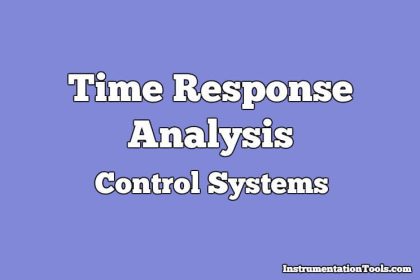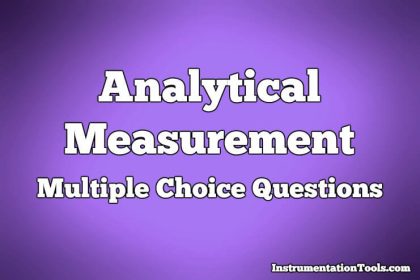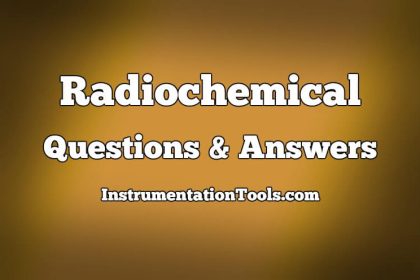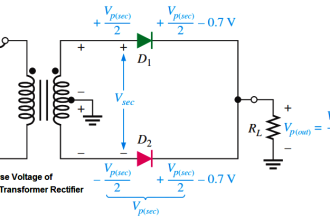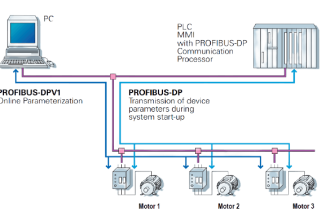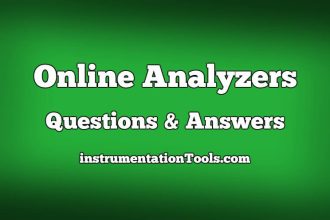Nitrogen Oxides Questions & Answers
1. In Saltzman method, which of the following are formed when air containing NO2 is passed in an
absorbing solution consisting of the sulphanilic acid and diamine dissolved in the acetic acid medium?
a) Blue colour dye complex
b) Green colour dye complex
c) Pink colour dye complex
d) Orange colour dye complex
Answer: c
Explanation: In Saltzman method, a pink colour dye is formed when air containing NO2 is passed in an absorbing solution consisting of the sulphanilic acid and diamine dissolved in the acetic acid medium. It is sensitive in the ppm range.
2. NO can be analysed by converting it into NO2 and passing it through potassium permanganate. Which of the following is the main disadvantage of this method?
a) Less accuracy
b) Dye formed is unstable
c) Dye formed is colourless
d) Quantity of dye is low
Answer: b
Explanation: NO can be analysed by converting it into NO2 and passing it through potassium permanganate. The main disadvantage of this method is that the dye formed is unstable. Hence, it is not suitable for collection of 24 hours sample.
3. In Jacob-Hochheiser method, NO2 is passed through a dilute solution of sodium hydroxide forming the nitrite ion. The nitrite ion is reacted with sulphanilamide and ethylene diamine in which of the following to form the highly coloured azo dye?
a) Sulphuric acid
b) Hydrochloric acid
c) Nitric acid
d) Phosphoric acid
Answer: d
Explanation: In Jacob-Hochheiser method, NO2 is passed through a dilute solution of sodium hydroxide to form the nitrite ion. The nitrite ion is treated with sulphanilamide and ethylene diamine in phosphoric acid to form the highly coloured azo dye. Then, colorimetric analysis is done.
4. Which of the following methods results in the formation of yellow coloured compound?
a) Griess-Saltzman method
b) Phenoldisul phonoic acid method
c) Chemiluminescence method
d) West-Gaeke method
Answer: b
Explanation: Phenoldisul phonoic acid method results in the formation of yellow coloured compound. The intensity of the colour is measured to determine the concentration of NOx.
5. Which of the following is the most common application of Chemiluminescence method used for the analysis of Nitrogen oxides?
a) In medical applications
b) In automotive exhaust gases
c) In manufacturing processes
d) In chemical industries
Answer: b
Explanation: The most common application of Chemiluminescence method used for the analysis of Nitrogen oxides is to measure amount of NO in automotive exhaust gases. Chemiluminescence occurs due to the formation of new chemical bonds.
6. Which of the following is the wavelength at which CO laser operates?
a) 1.005 µm
b) 5.307 µm
c) 4.952 µm
d) 6.179 µm
Answer: b
Explanation: CO laser operates at a wavelength of 5.307 µm. It is a DC-excited continuous working laser.
7. CO laser is operated at liquid nitrogen temperature.
a) True
b) False
Answer: a
Explanation: CO laser is operated at liquid nitrogen temperature. It is a DC-excited continuous working laser.
8. The chemiluminescence reactor with ozonator is specific to which of the following compounds?
a) N2
b) NO
c) NO2
d) N2O
Answer: b
Explanation: The chemiluminescence reactor with ozonator is specific to NO. Here, the sample containing NO is converted into NO2 by the ozonator.
9. In which of the following ways can chemiluminescence occur in compounds of nitrogen?
a) When NO2 returns to ground state from excited state
b) When NO reacts with oxygen
c) When NO reacts with ozone
d) When NO2 is reduced to NO
Answer: a
Explanation: When NO2 returns to ground state from excited state, chemiluminescence occurs. NO2 in excited state returns to ground state with the emission of radiant energy.
10. West-Gaeke colorimetric method is used to analyse oxides of nitrogen.
a) True
b) False
Answer: b
Explanation: West-Gaeke colorimetric method is not used to analyse oxides of nitrogen. It is used to analyse sulphur di-oxide.
